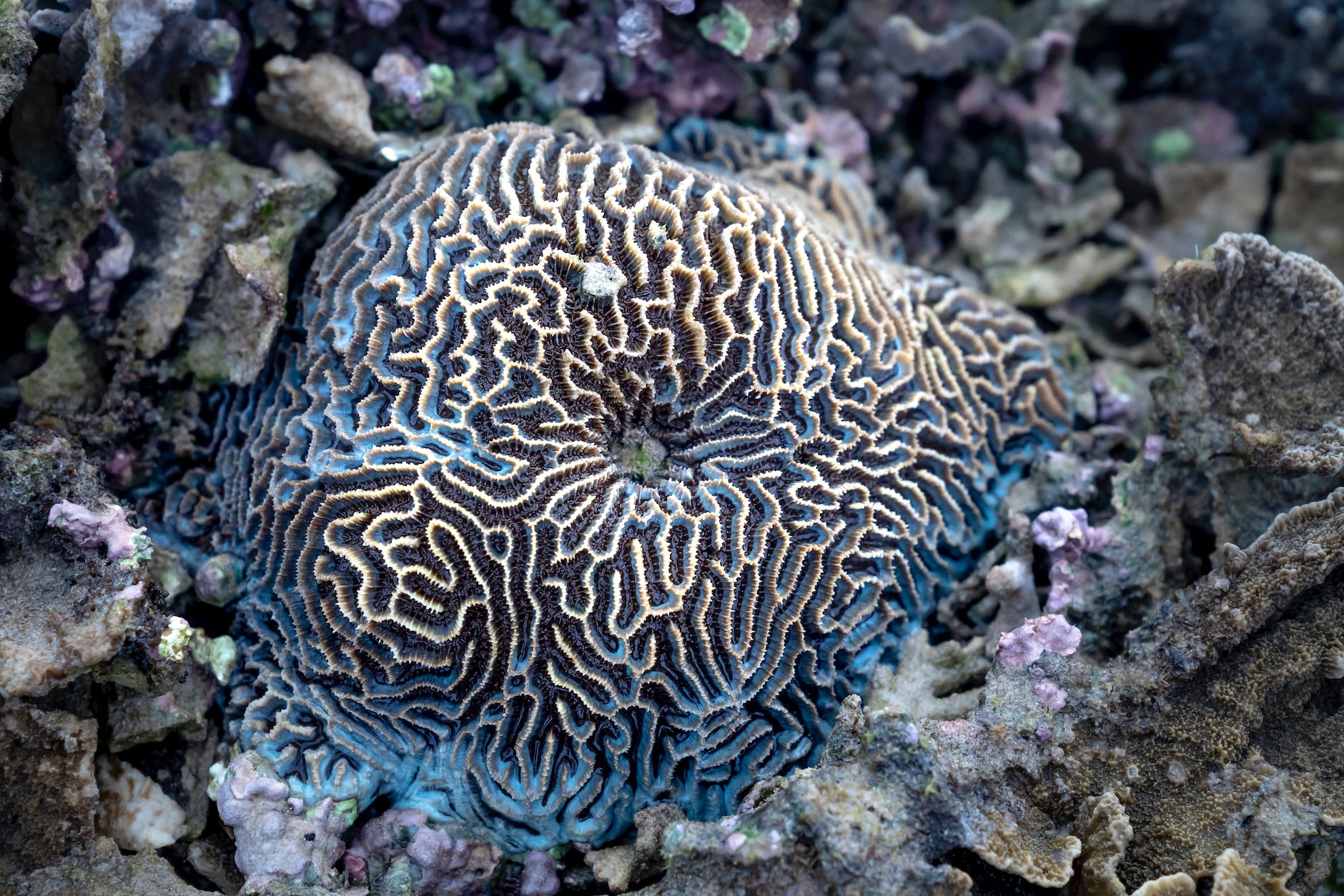A single gene might be responsible for the bigger brain of modern humans

We, humans, have evolved pretty big brains compared to other mammals, and even compared to our primate cousins. Recent research seems to have found the reason for the higher number of neurons in our brains (about 86 billion). It appears that a single gene is responsible for our bigger brain.
The Neanderthals are an extinct human species which, despite having similar sized brains, had a different brain structure and composition to ours. To try and explain these differences, researchers examined 1 the genomes of Neanderthals and modern humans (H. sapiens) and compared them in search for genetic differences, particularly in the cells giving rise to neurons in the neocortex. The neocortex, as it name indicates, comprises the more “modern” parts of our brain located behind the forehead and home to the more complex cognitive functions.
The gene TKTL1, which shows one aminoacid difference between humans and Neanderthals and other mammals, and expressed in the basal radial glia, the progenitor cells of most cortical neurons, appeared to be a good candidate, so they expressed both forms of the gene (ours and our cousin’s) in mice. Mice do not usually express this gene, so what they observed was that animals expressing our version of the gene had a higher number of cortical neurons than those expressing the Neanderthal version.
But it is not all about numbers. Human brains can pack so many neurons inside the skull because of the brain folds, which are also a relatively recent acquisition. Mice do not have such folds, but ferrets have some. To test if TKTL1 could also be related to the development of brain folds, the researchers repeated the above experiments in ferrets, and sure enough, the ferrets expressing the human TKTL1 gene had more cortical neurons and larger folds than the others. Further in vitro experiments in human neuron progenitor cells corroborated the role of the human TKTL1 in the increased production of neurons.
Although it is mechanistically unclear how this single mutation can increase neuron formation, the authors suggest that since TKTL1 is involved in the production of fatty acids, which are relevant for cell division, this may boost cell growth and division, leading to increased neuron numbers.
Despite its novelty and relevance, there is a lot to learn from this gene and its role in human brain evolution. There is a need for a functional evaluation of this mutation, as we cannot forget that correlation is not causation, as bigger brains do not necessarily mean better brains. In fact, as we already indicated, Neanderthals had brains as big as ours but with lower complexity, which may have impacted their thought processes. So, future research might help us get closer to an understanding of what makes us human.
More on the subject:
2D brain mapping: gene expression and spatial location
Mapping how the 100 billion cells in the brain all fit together is the brave new world of neuroscience
References
- Pinson, A. et al. (2022) Human TKTL1 implies greater neurogenesis in frontal neocortex of modern humans than Neanderthals Science doi: 10.1126/science.abl6422 ↩